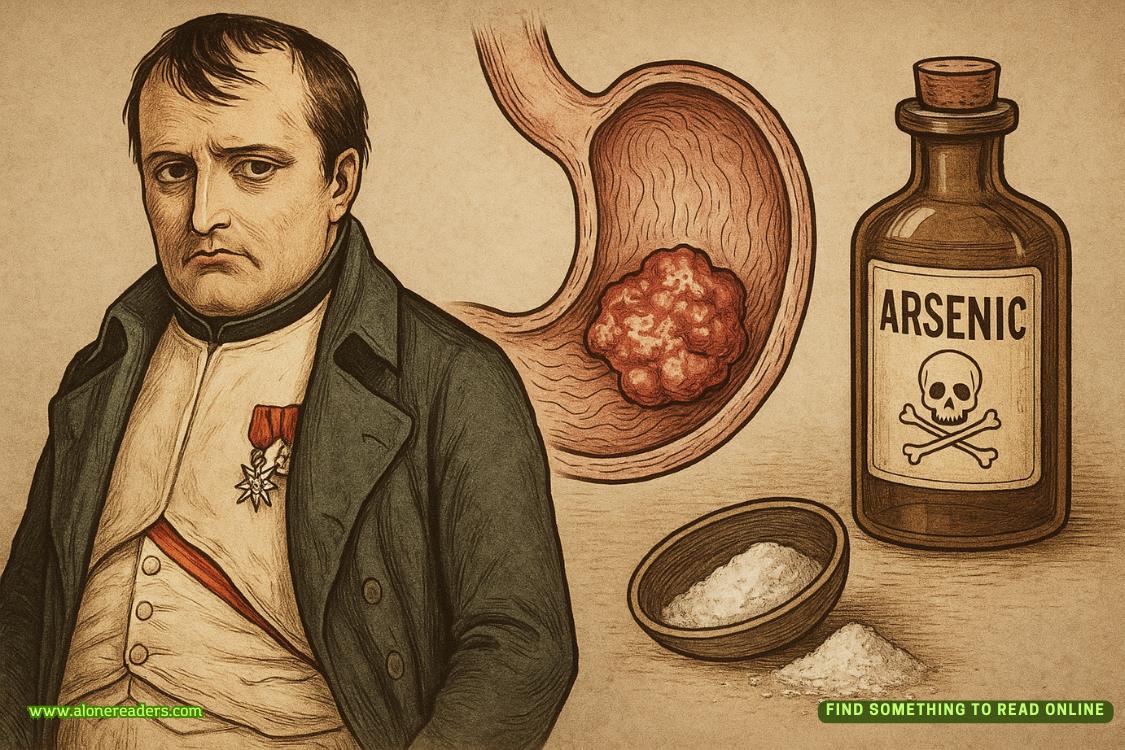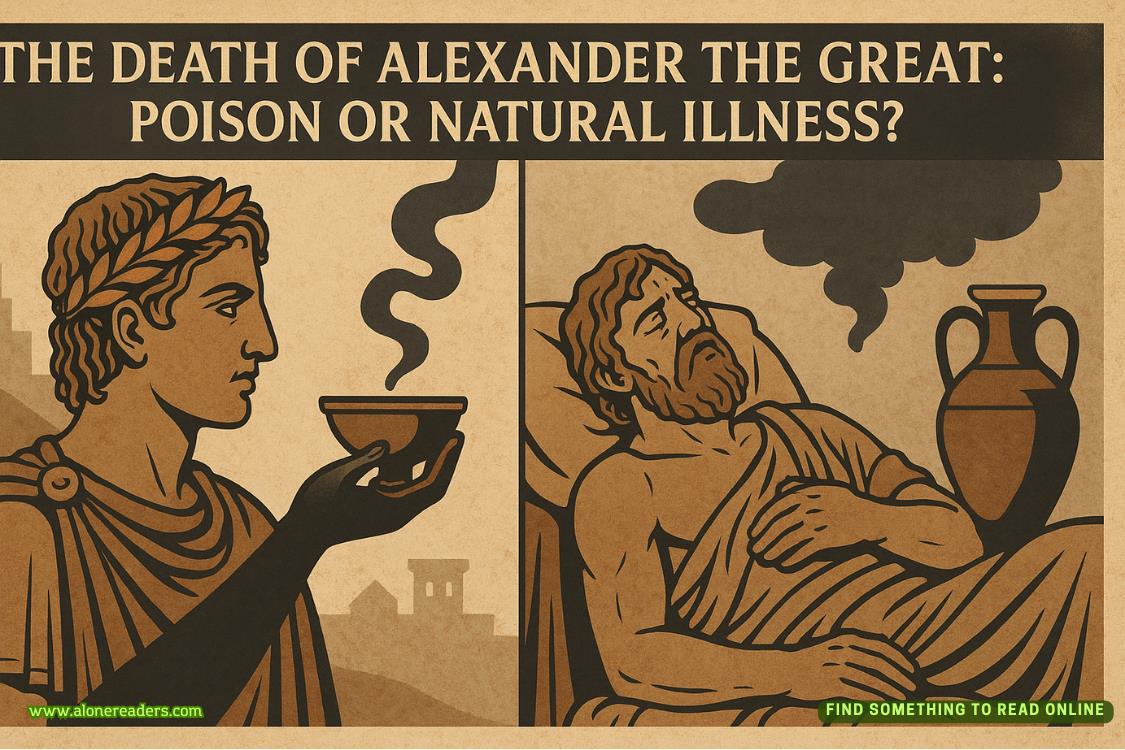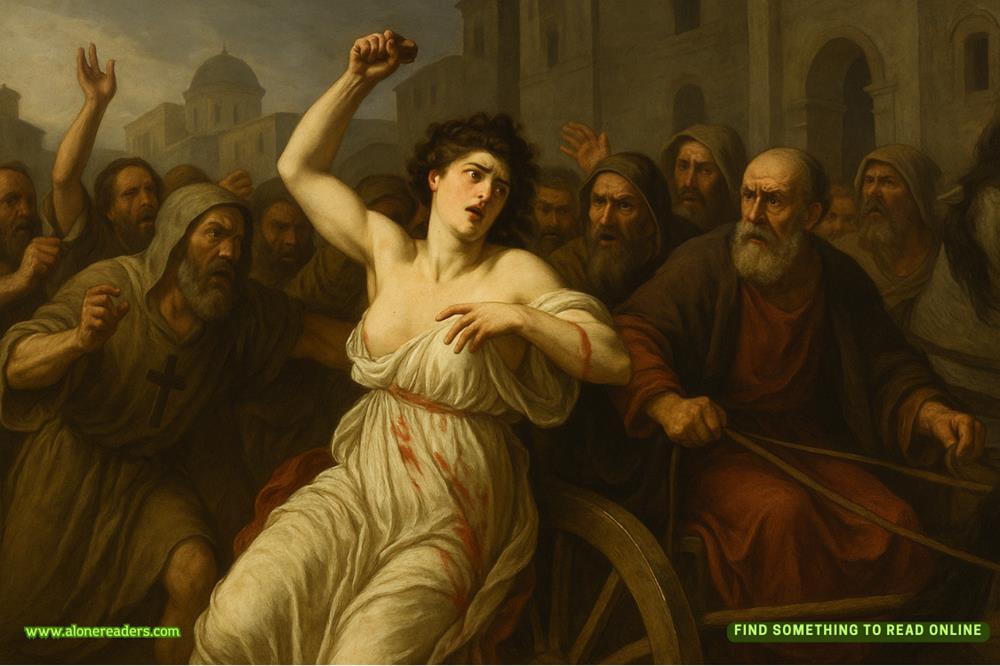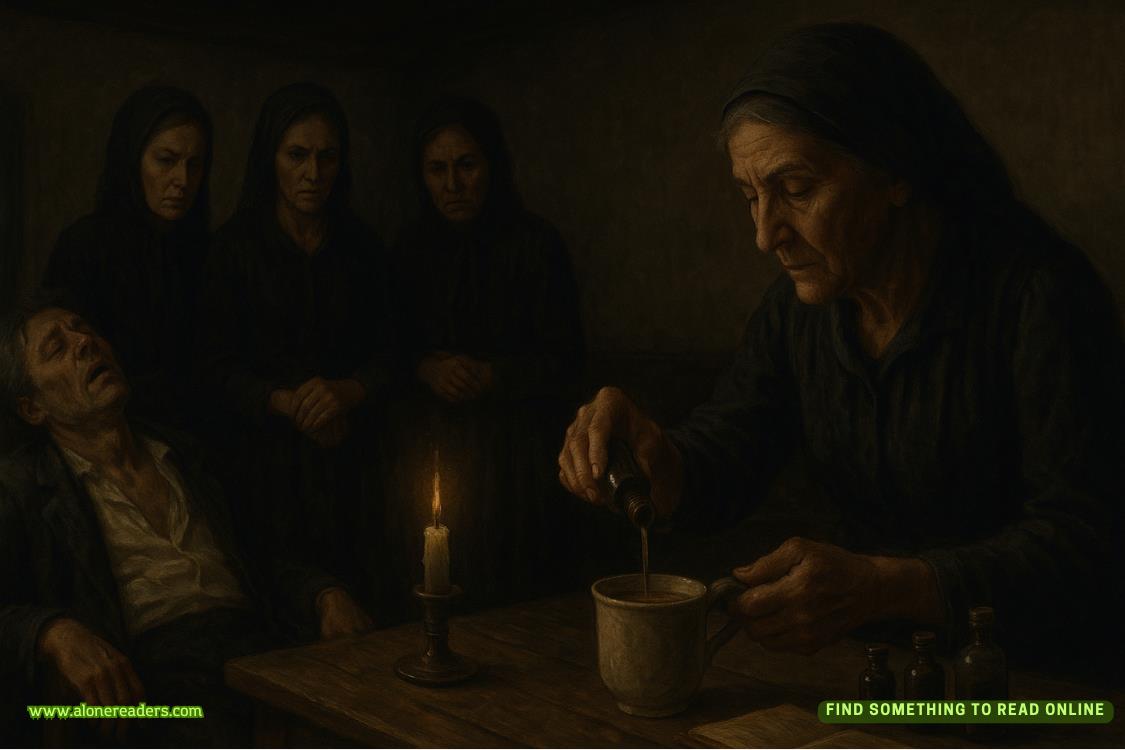Part I
Chapter One
WHEN I WAS GROWING UP,the rector of our parish told me, “Don’t judge people by the way they dress. There can be angels in rags and demons in silk.”
My mother encouraged me to listen to him in all things—except this. She had an entirely different opinion on the matter of people and dress. “Clothes tell youeverythingabout a person, Emmy,” she said.
If a man came into our pub, the Moon on the Square, with a patterned neckerchief or, God forbid, a colorful bow tie, she’d purse her lips and shake her head. She liked it when men’s clothing bore evidence of their workday: dirt stains on their shirts, tears in the knees of their trousers, frayed shoelaces stringing through the holes on their boots. This meant they were one of our own, men who raised sheep in our countryside parish, far from Avon-upon-Kynt, the capital city. While everyone in our small country of Britannia Secunda appreciated fashion (after all, it was the national commerce that put bread in our mouths and roofs over our heads), people in my parish took a strange pride in their simplicity, even as the wool from our sheep andthe threads from our cuttleworms went to the city to be turned into exquisite cashmeres and shiny silks. My mother, more than any other inhabitant of Shy, eschewed the national obsession with fashion.
I didn’t dare think about what she—and the rector—would make of the man standing before me, his frame eclipsing the sun as I sat on a bench outside a large canvas tent.
Despite the heat, he was wearing a thick black coat with angular shoulders that rose high in sharp, rigid points. Three gold pocket watches hung from his tailored waistcoat. The first two were etched with the heads of horses, while the third was embellished with the face of a zebra with human lips and gigantic teeth. I didn’t understand this man’s appearance. It was asymmetrical and strange... yet beautiful.
“What is your name?” the man asked, bending forward to see me better and making his pocket watches sway in unison. As he came closer, I could see that his jacket was embroidered with silver thread that wound its way over the fabric in crooked swoops. If this was how people dressed at the Fashion House, then I belonged there—not in Shy, where one was often elbow-deep in dishwashing water or wielding an edging iron through the vegetable garden. My efforts at style—boots laced up the sides with black ribbons and bonnets trimmed with oversized flowers—always elicited whispers of “Does she think she’s from the city?” from anyone I passed. With this man beside me, dressed from head to toe in couture, I didn’t stand out at all in my wide-skirted purple gown.
“My name is Emmy Watkins. Well, Emmaline, actually,” Isaid, forcing myself to speak steadily.
I’d been waiting all morning to meet Madame Jolène, head of the Avon-upon-Kynt Fashion House, the most prestigious design institution in all of Europe. Earlier, when I’d first sat down on the bench outside her tent, nausea had needled my belly. But the hours of waiting in the heat had lulled me into a bit of a stupor. An ache had settled in my forehead, and heaviness pulled at my eyelids. I stared up at the man, my skin suddenly prickling beneath a layer of sweat as I realized it might finally be my turn. I took a deep breath, trying to calm myself. Hot air stung the back of my throat.
“I’m from Shy,” I said, swallowing. I took another breath, slower this time as the man wrote my name on a list.
He consulted his zebra pocket watch and released a low, heavy sigh. He had been outside as long as I had, ushering girls into the ivory tent one at a time. “Blast this infernal heat!” he moaned, more to himself than to me. “She has to pick someone—she’s turned away the last twenty girls.”
My fingers tightened on the sketch. I’d been balancing it on my lap, trying to keep it safe from my moist palms. All hope of getting a position at the Fashion House rested on this single piece of paper and the image sketched within its perimeters.
Certainly, I wasn’t the only one with such hopes. Any girl who wasn’t royalty or born into a high-ranking titled family wanted to be a designer at the Fashion House. For a girl from an untitled family, it was the most prestigious job available and placed her amid the highest levels of society, all while giving her the chance to both wear and create couture. In BritanniaSecunda, where one was raised on fashion (unless, of course, one had the misfortune of being born in Shy), it was a dream come true. But getting that job was nearly impossible.
Every five years or so, Madame Jolène invited a few select girls to participate in what she called the Fashion House Interview. Those girls lived at the Fashion House for a full fashion season and underwent a variety of challenges that tested their design creativity and technical skills while also attending to the Fashion House’s clients. At the end of the season, one or two became design apprentices. Even if one wasn’t chosen at the end, the excessive pay and connections (never mind the wardrobe!) one received during that time were life-changing.
During the process, the papers reported heavily on the Fashion House Interview, and the entire country watched, often creating betting pools about which girls would make it furthest, and even putting up signs in their windows about who they wanted to win.
Ever since I could read, I’d followed the competition, daydreaming that I was one of the competitors. A silly notion, of course. The only girls invited to apply had always been culled from the city. Until now.
Two months earlier, Madame Jolène had announced that she was touring the countryside to seek a girl to join the Fashion House Interview. Unmarried girls ages seventeen to eighteen with a “sense for fashion” were encouraged to apply.
Despite coming from such a small country, Madame Jolène prided herself on being Europe’s fashion muse. She had a right to be proud. While department stores like Whiteleys in Londonand Le Bon Marché in Paris now offered premade clothing, the Fashion House still created made-to-measure gowns from custom patterns. Madame Jolène’s designs were so compelling that women from all over Europe traveled to the Fashion House for their spring and fall wardrobes. Customers who couldn’t afford the trip—or the steep price of a Fashion House creation—purchased Madame Jolène–inspired clothing from the department stores or had copies made by dressmakers from illustrations inLa Mode Illustrée.
In the ad, applicants had been instructed to bring just one sketch to the interview, no more. I had settled on a jade-colored jacquard gown. The pattern woven into the fabric was gold, and the design wrapped up the front panel like a seductive snake. Its neckline was low, with wisps of chiffon pulling horizontally across the bodice. The chiffon was light, whimsical, sheer, while the jacquard was heavy, the design chunky.
At home, I’d thought it was perfect. Yet now, under the unforgiving glare of the naked sun, I couldn’t tell if the image in my mind—sumptuous folds of fabric with luminescent glimmers—had translated to the pencil and watercolor sketch. I fixated on the places my brush had strayed outside the pencil lines. I liked the resulting image, the effect of movement created by the flaws, but would Madame Jolène think they were mistakes?
“You’re nearly the last one, thank all that’s blessed!” The man pulled a fan out of his pocket and snapped it open with a flourish. It had foreign characters on one side of it and a painting of a black tree with delicate blossoms on the other. I’d never seen a man possess such an accessory before, much less onewith pink flowers. “This heat is melting me.Meltingme!”
It was true. His eyebrows, which had been darkened with charcoal, were starting to smear.
“Do you think she’s ready for me now?” I asked, drawing his attention back to me and my sketch. I half hoped he would say no. I wasn’t sure if I was ready to meet Madame Jolène. I tried not to think about how she might see me. If one considered my years of household duties and waitressing, one would think I was applying to be her scullery maid, not her design apprentice.
“Go, go.” The man fluttered a dismissive hand at me, preoccupied with fanning his neck.
I forced my grip to relax around my sketch and noticed, for the first time, a dried stain in the top corner. Beer. Our new beer. The one we had just gotten on tap. I bit my lip, hard. How would I explain it to Madame Jolène?Oh, never mind the pale ale on my sketch. I just wanted to personalize the couture gown with a little beer.
“Good luck,” the man said.
“Thank you,” I managed, and rose to my feet. His eyes fastened on my dress and I fought the urge to pull at my skirts. Could he see where I had cut and re-sewn them? Three years and six Fashion House seasons had passed since I’d made the gown, and I’d redesigned it several times to accommodate the changing styles. Just this past month, I’d dropped the waist and added black bands of velvet to the skirt. But the dress’s history and age could not be denied. The fabric was old, the skirt’s cut dated. I’d done my best to update it based on illustrations from Avon-upon-Kynt’s fashion pages, but by the time those pagesreached Shy, the trends had already passed. At best, my gown was a copy of a copy.
I touched the yellow feather in my dark-blond hair for luck. That morning, I’d taken it out of my drawer of ribbons, feathers, and old broken brooches, and then hesitated, wondering if I should wear a black feather instead. My mother, who had been lurking in my doorway, holding a ledger, had asked, “Going somewhere?”
I hadn’t answered because that would only lead to more questions. Ones meant to push and prod me into someone who could spend the rest of her life over a sink or pot of stew on the stove, ones likeHaven’t you learned anything from my past?andHow can you expect to feed yourself with sketches on paper?















